Why Do Cats Knead? A Fascinating Insight into Your Cat’s Quirky Behavior

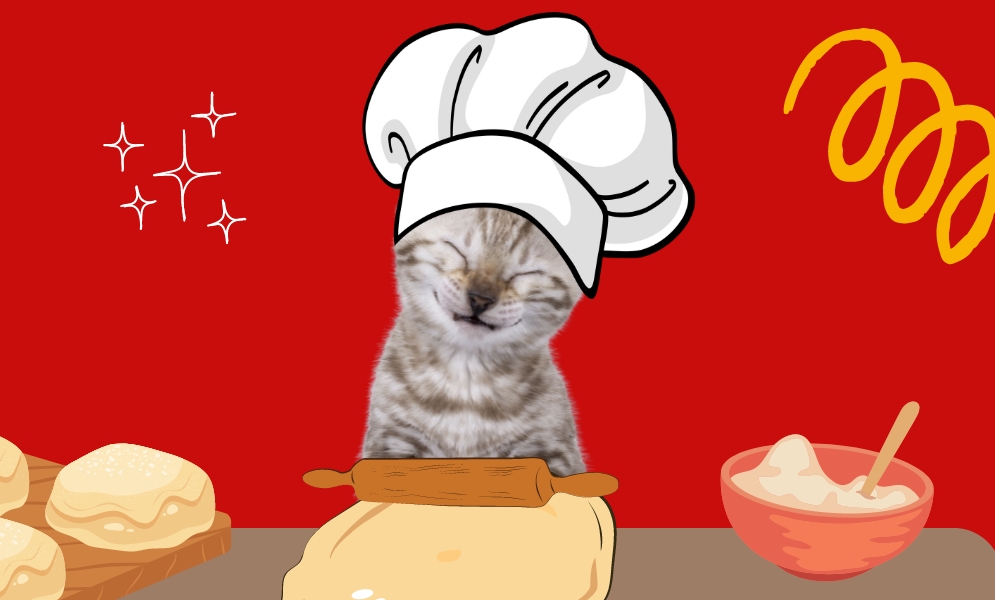
Have you ever noticed your cat kneading on a soft surface, like a blanket or your lap? This quirky behavior, often called “making biscuits,” is common among our feline friends. But have you ever wondered why cats engage in this peculiar habit?
In this article, we’ll dive deep to find the answer to why do cats knead, explore the instinctual reasons behind this behavior, and how it can provide insights into your cat’s well-being and emotional state.
Why Do Cats Knead and Should You Be Concerned?
Kneading, or the act of pushing and pulling with the front paws, is an instinctual behavior that cats develop from a young age. This behavior is believed to have its roots in the kitten’s nursing days when they would knead their mother’s belly to stimulate the milk flow.
It helps them bond with their littermates and mother.. As cats mature, this instinctive behavior often persists, even though it no longer serves the same purpose.
Experts believe that some cats continue to do this as a comforting action. Hence, you need not be concerned if you see your cat kneading either on you or on a blanket.
Some Common Reasons Why Adult Cats Knead
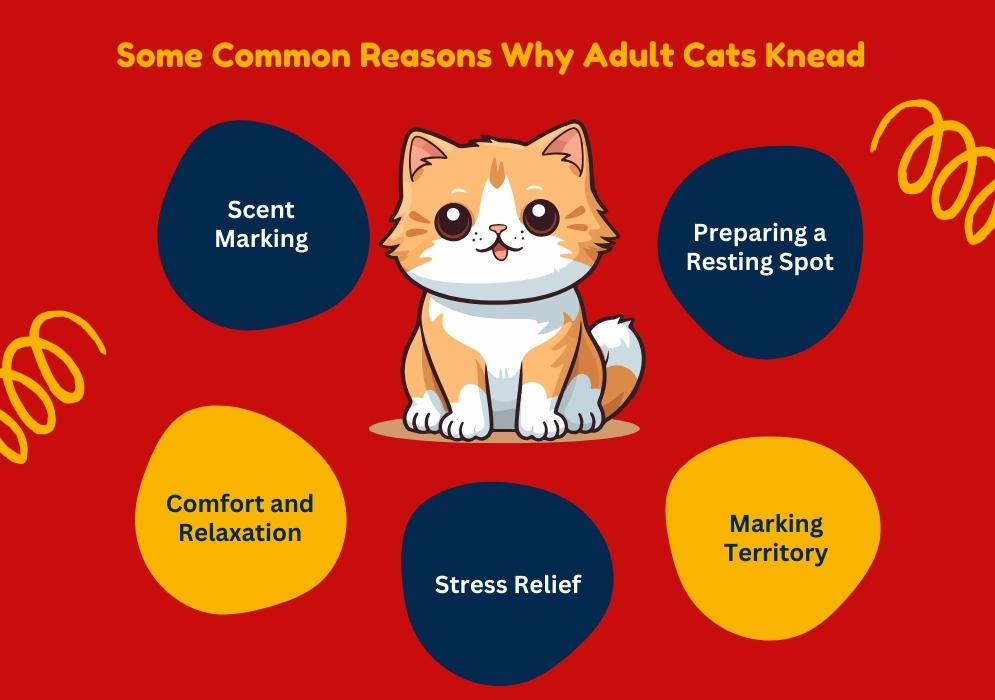
One of the most common places cats kneading is on soft, plush surfaces like blankets or cushions. There are several reasons why cats may engage in this behavior on these types of materials:
- Scent Marking: Cats have scent glands on the pads of their paws, and kneading helps them deposit their unique scent on the surface they’re kneading. This helps them mark their territory and feel more secure in their environment.
- Comfort and Relaxation: The repetitive kneading motion can be soothing and calming for cats, helping them feel relaxed and content. The soft, plush texture of blankets and cushions may remind them of their mother’s fur, triggering this comforting behavior.
- Stress Relief: Kneading can also be a way for cats to relieve stress or anxiety. The rhythmic motion and physical sensation can be therapeutic, helping your feline friend unwind and de-stress.
- Marking Territory: Cats have scent glands in their paws. When kneading, they release pheromones that mark their territory, making the area feel familiar and safe.
- Preparing a Resting Spot: In the wild, cats knead grass or foliage to create a comfortable sleeping area. Domesticated cats may knead blankets or other soft surfaces for the same reason.
Why Does Your Cat Knead on You?
In addition to kneading on blankets and other soft surfaces, many cats also enjoy kneading on their human companions. There are a few reasons why your cat may choose to knead on you:
Affection and Bonding: Kneading on your lap or body is a way for your cat to show affection and strengthen the bond between you. It’s a behavior that often accompanies purring and can be a sign of your cat’s trust and contentment.
Scent Marking: Similar to kneading on blankets, kneading on you helps your cat deposit their scent, claiming you as part of their territory and social group.
Comfort and Security: Your warm, soft body may remind your cat of their mother’s fur, triggering the comforting kneading behavior and helping them feel safe and secure.
How to Encourage Kneading Behavior in Cats?

Encouraging your cat to knead more can be a delightful way to see them express their comfort and affection. Here are some tips to help:
- Provide Soft, Plush Surfaces: Offer your cat comfortable, inviting surfaces like soft blankets, pillows, or cat beds they can knead on.
- Engage in Positive Reinforcement: Reward your cat with treats or affection when you observe them kneading. This will help them associate kneading with positive experiences and reinforce the behavior, making them feel comfortable doing it.
- Create a Calming Environment: Ensure your cat’s living space is quiet, comfortable, and free from excessive stimuli, as this can help them feel more relaxed and inclined to engage in kneading.
- Interactive Play: Spend quality time with your cat through interactive play sessions. This can help them feel more bonded and comfortable, potentially leading to more kneading.
- Avoid Punishment: Never punish your cat for kneading, even if it becomes a bit too enthusiastic. Instead, gently redirect them to appropriate surfaces if needed.
By creating a comfortable and positive environment, you can encourage your cat to knead more often. Does your cat have a favorite spot or item they like to knead?
Tips for Managing Aggressive Kneading Behavior
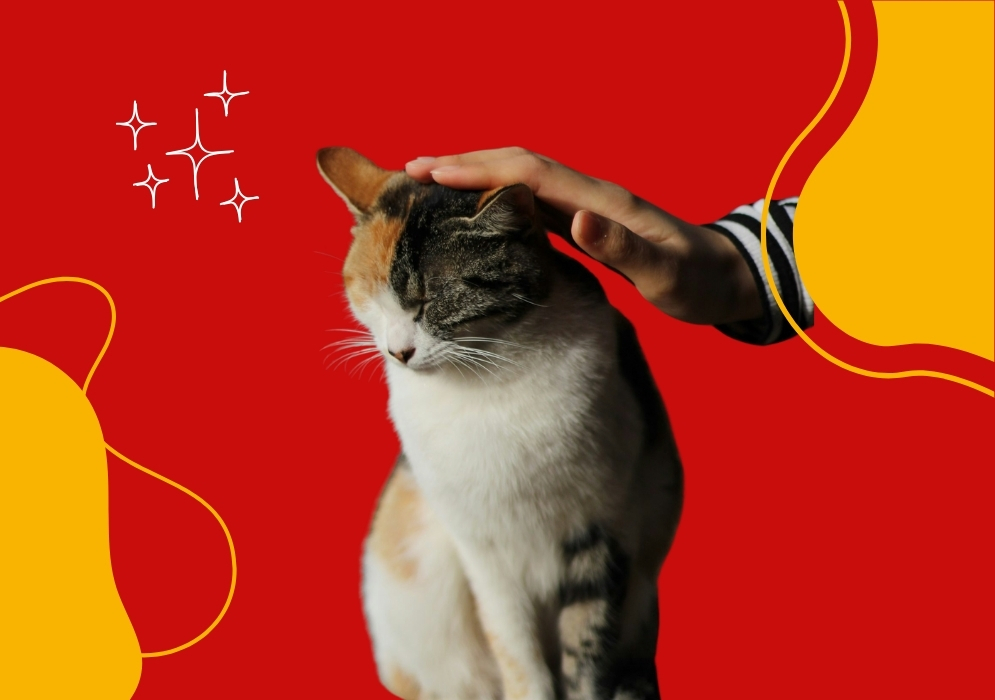
While kneading is a natural and harmless behavior, there may be times when you need to manage it. Here are some tips:
- Redirect Kneading: If your cat is kneading on an inappropriate surface, gently redirect them to a more suitable spot, like a designated cat bed or blanket.
- Trim Nails Regularly: Trimming your cat’s nails regularly can help minimize any discomfort or damage caused by kneading on your skin or furniture.
- Provide Alternative Outlets: Offer your cat scratching posts, pads, or other approved surfaces where they can satisfy their kneading urges without causing issues.
Common Misconceptions about Cat Kneading
There are a few common misconceptions about cat kneading that are worth addressing:
Myth 1: Kneading is a Sign of Aggression
Contrary to popular belief, kneading is not a sign of aggression or dominance. It’s a behavior that is closely tied to comfort, relaxation, and affection.
Myth 2: Kneading is Only for Females
Both male and female cats engage in kneading behavior, as it’s an instinctual trait shared by all felines.
Myth 3: Kneading is Only for Nursing Cats
While kneading does have its origins in the nursing behavior of kittens, adult cats often continue to knead even when they are no longer nursing.
Kneading is a fascinating and endearing behavior that provides valuable insights into your cat’s emotional state and well-being. By understanding the reasons behind this quirky habit, you can better appreciate your feline friend’s unique personality and find ways to encourage and manage this behavior in a way that benefits both you and your cat.






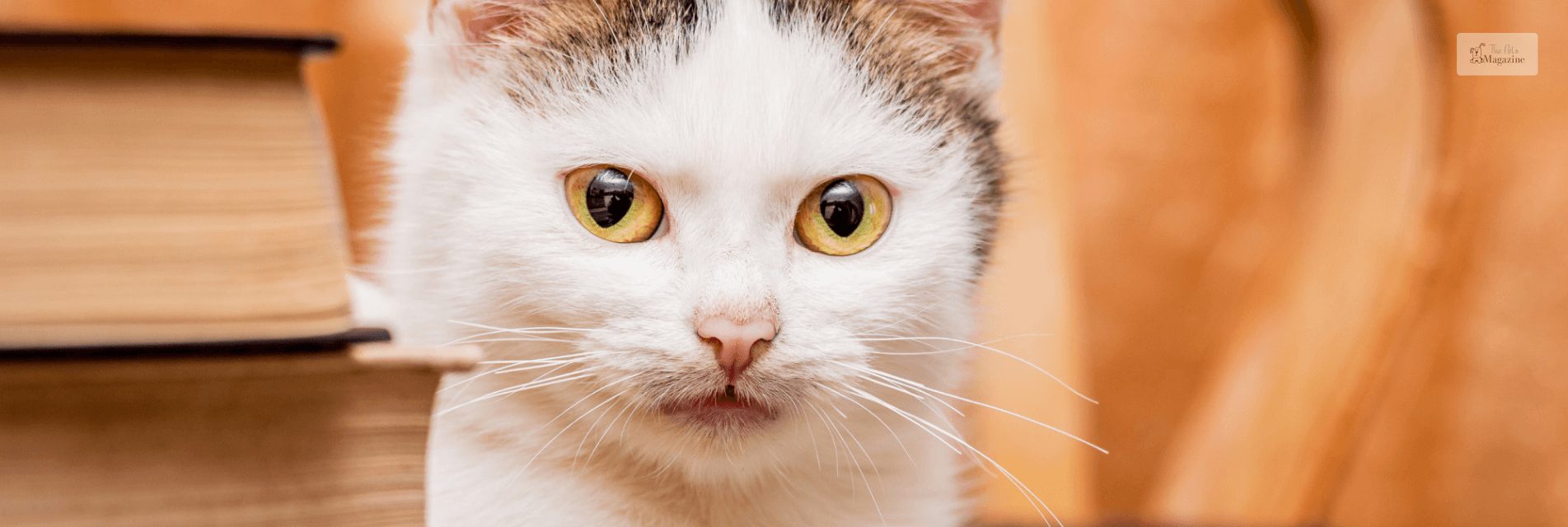
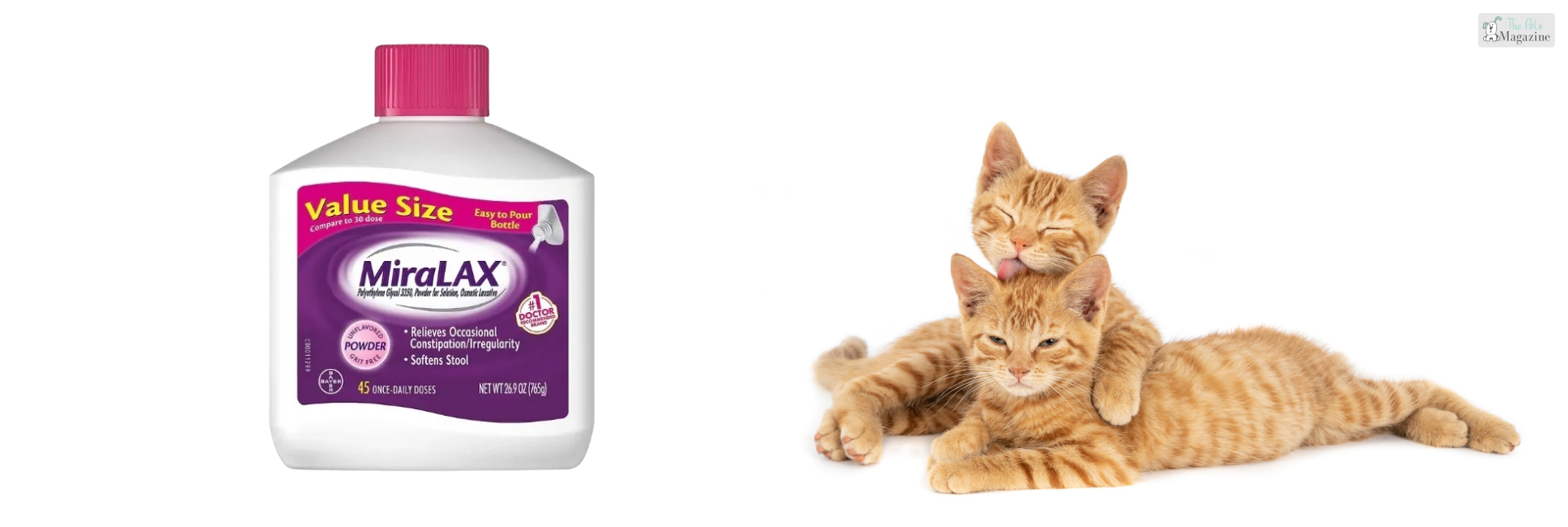

Leave A Comment